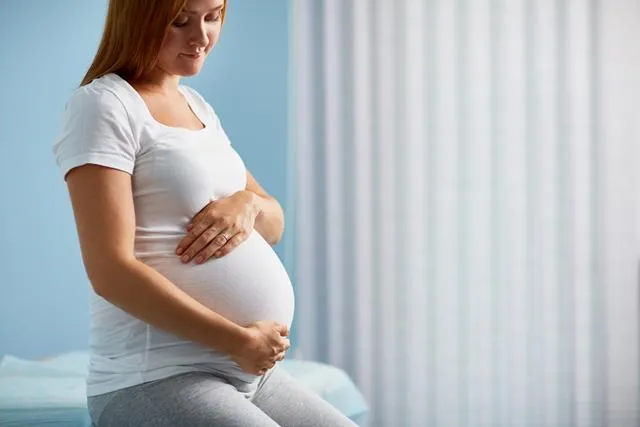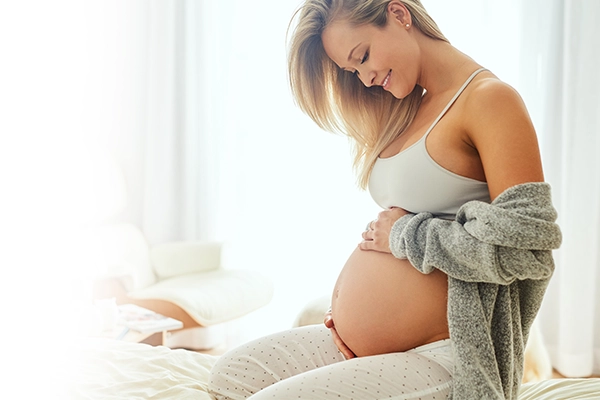Ovarian cysts affect many women. Most often they are not associated with any symptoms, and are detected incidentally during an ultrasound examination. The same is true for ovarian cysts during pregnancy. It is necessary to control them, but in most cases they do not affect the course of pregnancy and childbirth. Find out what types of cysts there are.
The cyst-what is it?
Cysts are fluid spaces, most of them benign, that form within or around the ovaries. In most cases, they are detected during routine ultrasound examinations without producing any symptoms. If their size is larger, a woman may feel, among other things. complaints of lower abdominal pain. If the cyst ruptures, peritoneal symptoms, nausea or fever may occur. In such a situation, surgical intervention is necessary.
Cyst-does it hinder pregnancy?
Ovarian cysts in most cases do not affect pregnancy and the subsequent course of pregnancy. However, they require periodic follow-up by a gynecologist. If the cyst is large in size and ruptures, acute abdominal symptoms may occur requiring urgent intervention and surgery. The same is true for the torsion of an ovarian cyst, a situation that may also require surgical treatment. However, it is important to remember that surgeries performed in the ovarian area can affect the ovarian reserve and thus reduce the chances of pregnancy in subsequent years. For this reason, surgery is avoided when the cyst observed on ultrasound is small in size and looks benign.
Types of cysts
Cysts can be divided into several groups. Distinctions include:
- A simple cyst, otherwise known as a functional cyst, which results from the failure of the dominant follicle to rupture after ovulation
- Corpus luteum cyst- resulting from abnormal disappearance of the corpus luteum after ovulation
- Hemorrhagic cyst- resulting from a ruptured blood vessel during ovulation
- Dermoid cyst-also known as a monstrosity, which can contain other tissues such as hair or teeth, for example.
- Chocolate cyst- arising in the course of, among other things. endometriosis
Most cysts are benign, but in any case require regular follow-up visits to a gynecologist. If they grow to a sizable size, surgery may be necessary. Similarly, in the case of rupture of an ovarian cyst.
Cyst in pregnancy and childbirth
In most pregnant women, a small ovarian cyst is not a contraindication to natural childbirth. However, if it reaches a considerable size and threatens to rupture, doctors may opt for delivery by cesarean section while removing the cyst. If specialists have doubts about the nature of the lesion, i.e. whether it is malignant, it is possible to perform surgery during pregnancy to examine the cyst during histopathological examination and implement appropriate treatment if necessary.
Since a cyst can have different types of etiology, regular check-ups with a gynecologist are important. It should also be borne in mind that there is a large group of women who have been diagnosed with ovarian cysts in the first trimester of pregnancy and who have had their lesions regress after the postpartum period.
Rate this article:











